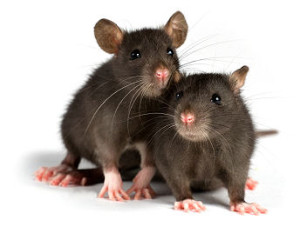 One of the most common household pests, a mouse infestation issue should be taken care of immediately for the health of you and your family. Mice breed rather quickly and are carriers of many diseases, including several serious ones. We have charted out a list of 3 signs of a mouse infestation problem that should easily indicate the presence of these pesky critters in your home or business. You can always hire mississauga mouse exterminators from mousecontrol.ca
One of the most common household pests, a mouse infestation issue should be taken care of immediately for the health of you and your family. Mice breed rather quickly and are carriers of many diseases, including several serious ones. We have charted out a list of 3 signs of a mouse infestation problem that should easily indicate the presence of these pesky critters in your home or business. You can always hire mississauga mouse exterminators from mousecontrol.ca
Mouse Infestation Sign #1 – Mouse droppings.
If you spot black droppings that are a few millimetres in length and resemble grains, in your kitchen or cupboards or anywhere dark, then you have a mice problem. Besides being gross and messy, mouse droppings are also dangerous and should be handled very carefully. They can cause several fatal diseases and infections. In fact, breathing in the dust contaminated by mouse urine or droppings can cause the Hantavirus that has a 38% mortality rate. It can affect both humans and pets. Continue reading
